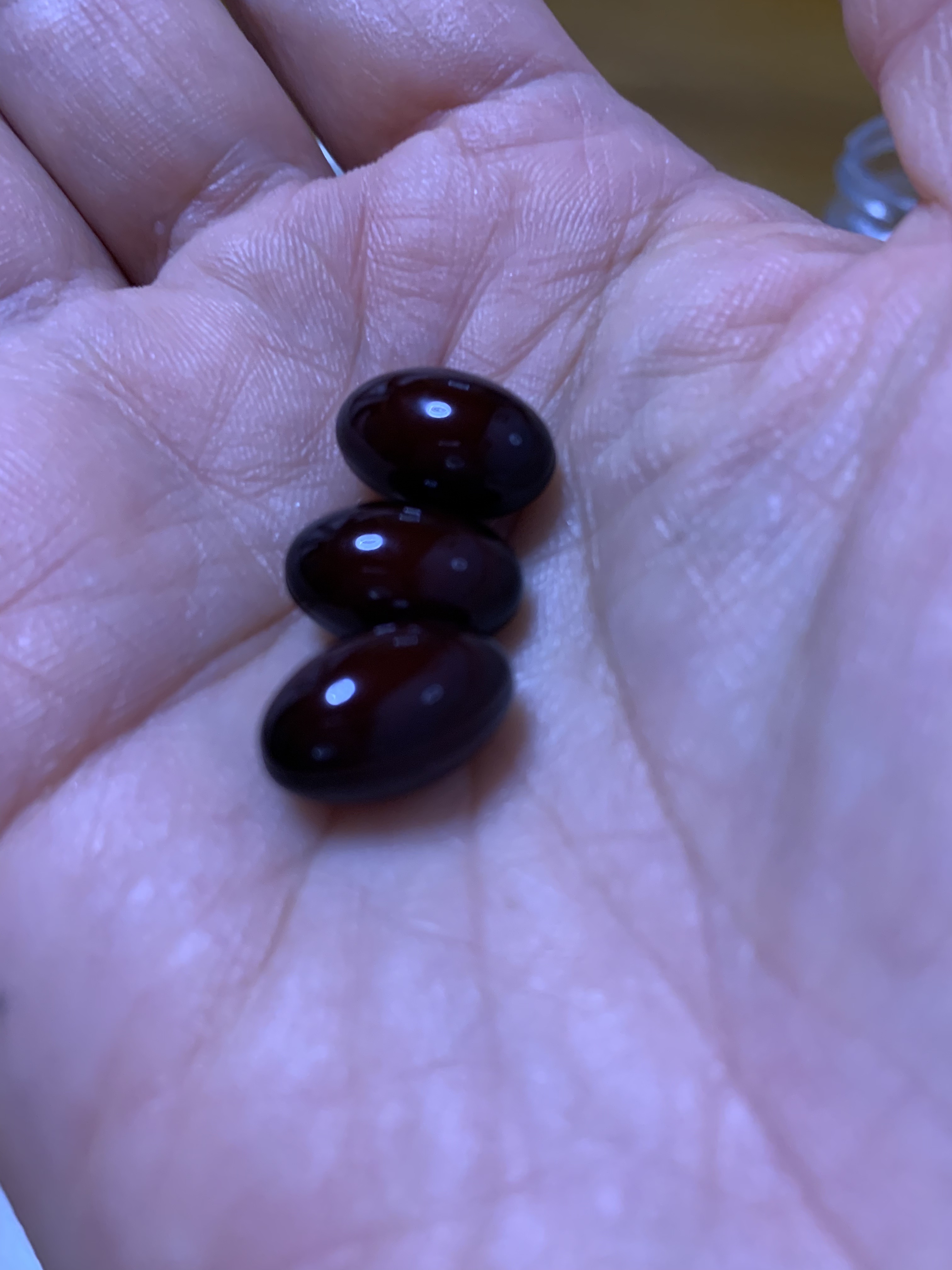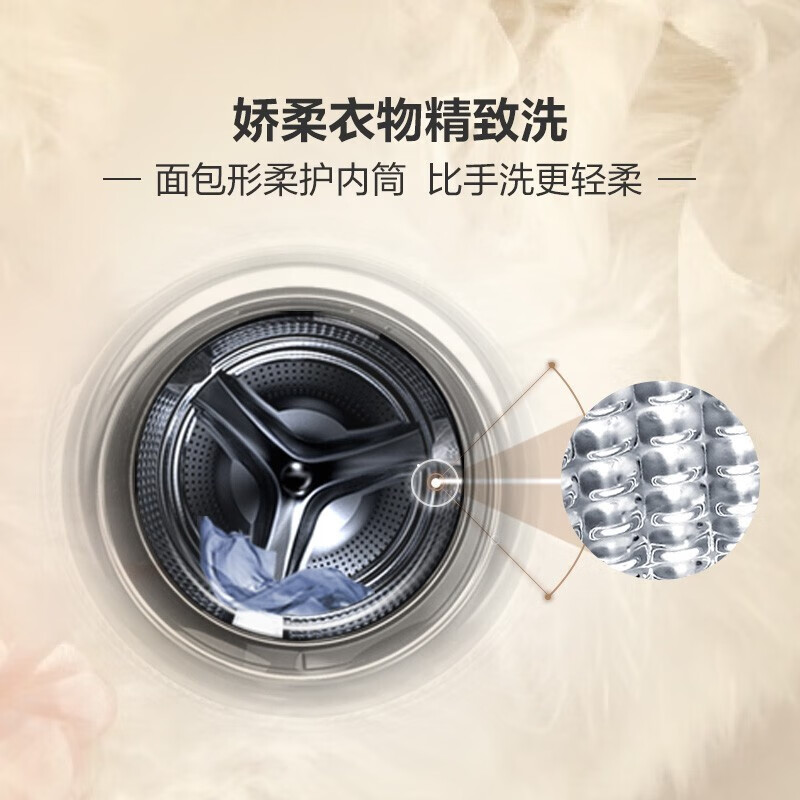JavaScript的六种继承方式
JavaScript的几种继承方式
原型链继承
借助构造函数继承(经典继承)
组合继承:原型链 + 借用构造函数(最常用)
原型式继承 (Object.create)
寄生式继承
寄生组合式继承(最理想)
ES6中的继承
1. 原型链继承
子类型的原型为父类型的一个实例对象
function Parent() {
this.name = 'bigStar';
this.colors = ['red', 'blue', 'yellow'];
}
Parent.prototype.getName = function() {
console.log(this.name)
}
function Child() {
this.subName = 'litterStar';
}
// 核心代码: 子类型的原型为父类型的一个实例对象
Child.prototype = new Parent();
let child1 = new Child();
let child2 = new Child();
child1.getName(); // bigStar
child1.colors.push('pink');
// 修改 child1.colors 会影响 child2.colors
console.log(child1.colors); // [ 'red', 'blue', 'yellow', 'pink' ]
console.log(child2.colors); // [ 'red', 'blue', 'yellow', 'pink' ]
注意核心代码: Child.prototype = new Parent();
特点:
父类新增在构造函数上面的方法,子类都能访问到
缺点:
来自原型对象的所有属性被所有实例共享,child1修改 colors 会影响child2的 colors
创建子类实例时,无法向父类的构造函数传参
2.借助构造函数继承(经典继承)
在子类的构造函数中使用 call()或者 apply() 调用父类型构造函数
function Parent(name) {
this.name = name;
this.colors = ['red', 'blue', 'yellow'];
}
Parent.prototype.getName = function() {
console.log(this.name)
}
function Child(name, age) {
// 核心代码:“借调”父类型的构造函数
Parent.call(this, name);
this.age = age;
}
let child1 = new Child('litterStar');
let child2 = new Child('luckyStar');
console.log(child1.name); // litterStar
console.log(child2.name); // luckyStar
// 这种方式只是实现部分的继承,如果父类的原型还有方法和属性,子类是拿不到这些方法和属性的。
child1.getName(); // TypeError: child1.getName is not a function
注意核心代码: Parent.call(this, name);
特点:
避免引用类型的属性被所有实例共享
创建子类实例时,可以向父类传递参数
缺点
实例并不是父类的实例,只是子类的实例
只能继承父类的实例属性和方法,不能继承原型属性和方法
无法实现函数复用,每次创建实例都会创建一遍方法,影响性能
3.组合继承:原型链 + 借用构造函数(最常用)
function Parent(name) {
this.name = name;
this.colors = ['red', 'blue', 'yellow'];
}
Parent.prototype.getName = function() {
console.log(this.name)
}
function Child(name, age) {
// 核心代码①
Parent.call(this, name);
this.age = age;
}
// 核心代码②: 子类型的原型为父类型的一个实例对象
Child.prototype = new Parent();
Child.prototype.constructor = Child;
// 可以通过子类给父类的构造函数传参
let child1 = new Child('litterStar');
let child2 = new Child('luckyStar');
child1.getName(); // litterStar
child2.getName(); // luckyStar
child1.colors.push('pink');
// 修改 child1.colors 不会影响 child2.colors
console.log(child1.colors); // [ 'red', 'blue', 'yellow', 'pink' ]
console.log(child2.colors); // [ 'red', 'blue', 'yellow' ]
注意核心代码: Parent.call(this, name);和 Child.prototype = new Parent();
特点
融合了原型链继承和借用构造函数的优点,称为JavaScript中最常用的继承模式。
缺点
调用了两次父类构造函数,生成了两份实例
一次是设置子类型实例的原型的时候 Child.prototype = new Parent();
一次是创建子类型实例的时候 let child1 = new Child('litterStar');, 调用 new 会执行 Parent.call(this, name);,此时会再次调用一次 Parent构造函数
4. 原型式继承 (Object.create)
借助原型可以基于现有方法来创建对象,var B = Object.create(A) 以A对象为原型,生成A对象,B继承了A的所有属性和方法。
const person = {
name: 'star',
colors: ['red', 'blue'],
}
// 核心代码:Object.create
const person1 = Object.create(person);
const person2= Object.create(person);
person1.name = 'litterstar';
person2.name = 'luckystar';
person1.colors.push('yellow');
console.log(person1.colors); // [ 'red', 'blue', 'yellow' ]
console.log(person2.colors); // [ 'red', 'blue', 'yellow' ]
注意核心代码: const person1 = Object.create(person);
特点
没有严格意义上的构造函数,借助原型可以基于已有对象创建新对象
缺点
来自原型对象的所有属性被所有实例共享,person1修改 colors 会影响person2的 colors,这点跟原型链继承一样。
5. 寄生式继承
创建一个用于封装继承过程的函数,该函数在内部以某种方式来增强对象
function createObj (original) {
// 通过调用函数创新一个新对象
var clone = Object.create(original);
// 以某种方式来增强这个对象
clone.sayName = function () {
console.log('hi');
}
// 返回这个对象
return clone;
}
缺点: 每次创建对象都会创建一遍方法,跟借助构造函数模式一样
6.寄生组合式继承(最理想的)
我们可以先回忆一下JavaScript最常用的继承模式: 组合继承(原型链 + 借用构造函数),它的最大缺点是会调用两次父构造函数(Child.prototype = new Parent();和 let child1 = new Child('litterStar');)。
我们是否可以想办法是调用一次?可以让 Child.prototype访问到 Parent.prototype。
我们不能直接使用 Child.prototype = Parent.prototype来实现,因为会出现一些副作用,你可能在修改 Child.prototype的时候会修改Parent.prototype。
可以使用 Object.create(...)来实现
Object.create MDN上的解释:它会创建一个新对象,使用现有的对象来提供新创建的对象的__proto__
function Parent(name) {
this.name = name;
this.colors = ['red', 'blue', 'yellow'];
}
Parent.prototype.getName = function() {
console.log(this.name)
}
function Child(name, age) {
// 核心代码①
Parent.call(this, name);
this.age = age;
}
// 核心代码②
Child.prototype = Object.create(Parent.prototype);
Child.prototype.constructor = Child;
注意核心代码: Parent.call(this, name);和 Child.prototype = Object.create(Parent.prototype);
寄生组合式继承,集寄生式继承和组合式继承的优点,是引用类型最理想的继承范式。
7. ES6 中class的继承
ES6中引入了class关键字,可以通过extends关键字实现继承。
class Parent {}
class Child extends Parent {
constructor(name, age, color) {
// 调用父类的constructor(name, age)
super(name, age);
this.color = color;
}
toString() {
return this.color + ' ' + super.toString(); // 调用父类的toString()
}
}
class关键字只是原型的语法糖,JavaScript继承仍然是基于原型实现的。


















































还没有任何评论,你来说两句吧